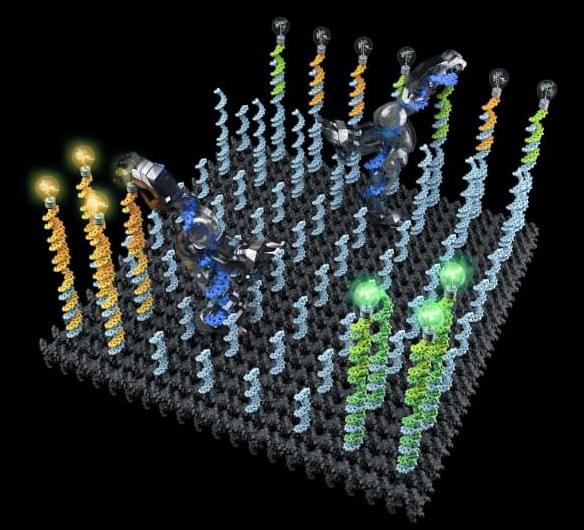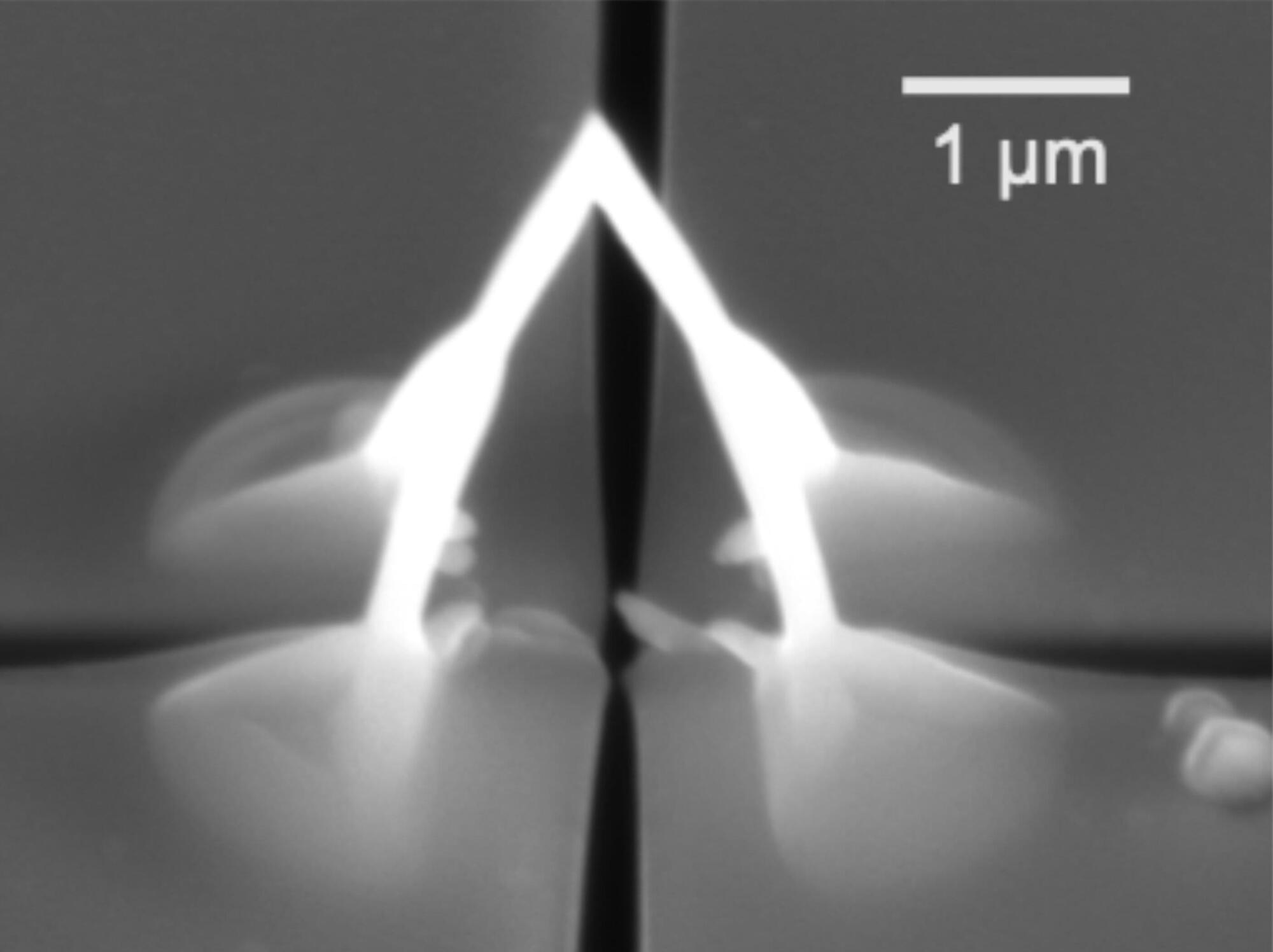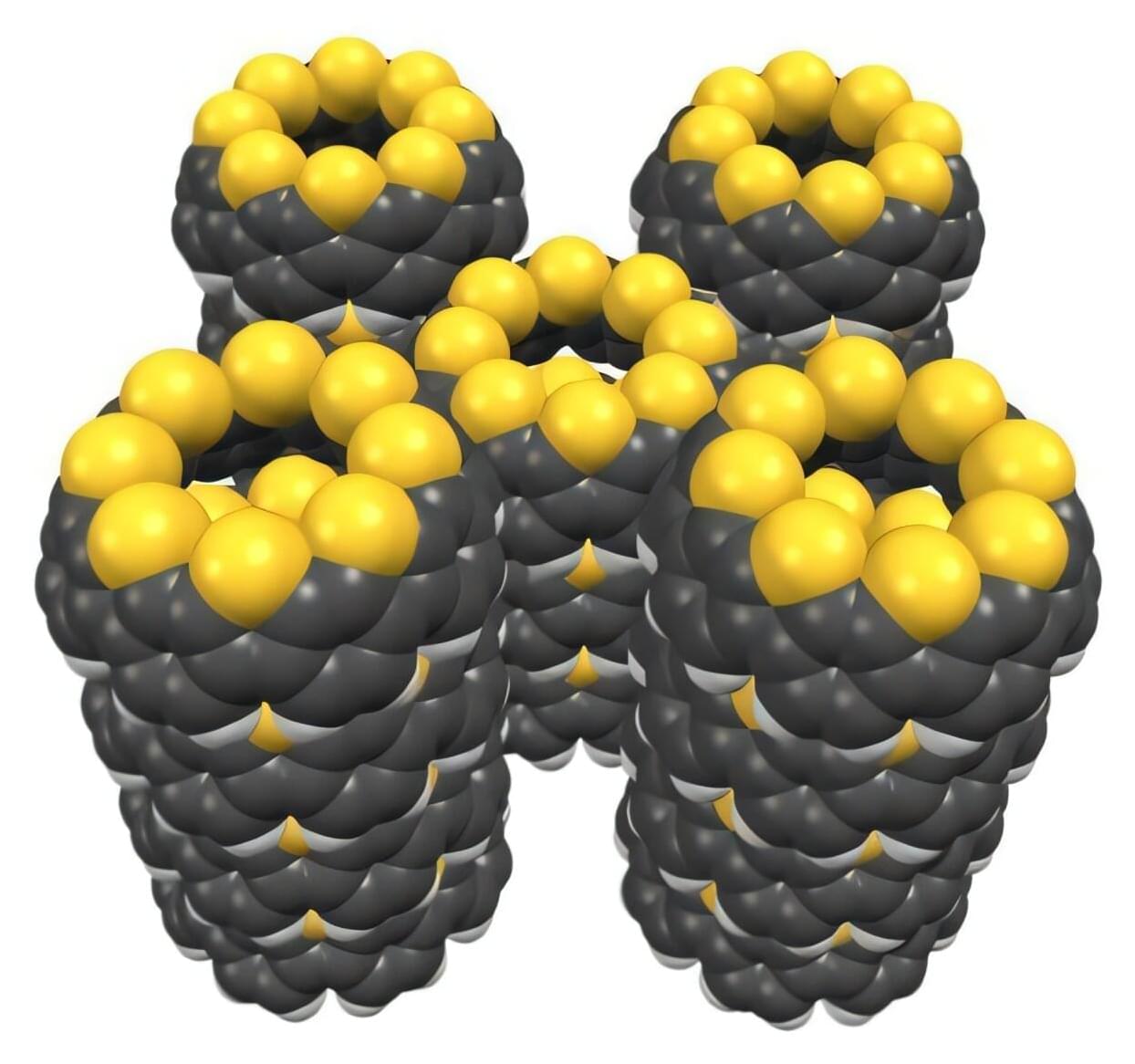Two recent advances—one in nanoscale chemistry and another in astrophysics—are making waves. Scientists studying the movement of molecules in porous materials and researchers observing rare cosmic events have uncovered mechanisms that could reshape both industry and our view of the universe.
One of the most promising fields in material science centers on molecular diffusion. This is the way molecules move through small, confining spaces—a key process behind technologies like gas separation, catalysis, and energy storage. Materials called MOFs, short for metal-organic frameworks, have emerged as powerful tools because of their flexible structure and tunable chemistry.
Yet predicting how molecules behave inside these frameworks isn’t simple. Pore size, shape, chemical reactivity, and even how the material flexes all play a role. Studying these factors one by one has been manageable. But understanding how they work together to control molecular flow remains a major hurdle for material designers.









